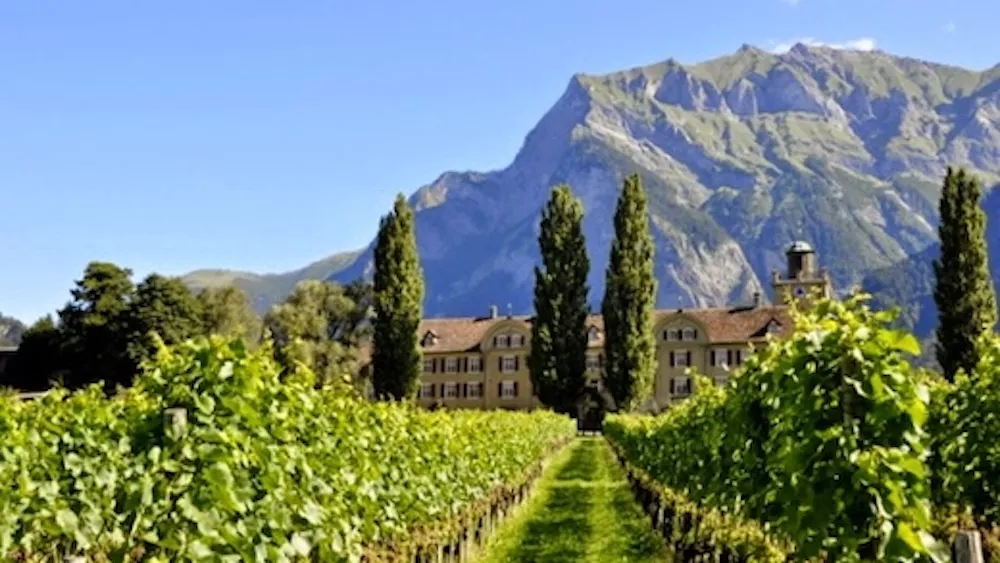Each year the equivalent of 5,000 trucks of plastic waste is scattered in nature in Switzerland
- Opinion
The documentary by Fabien Favre and Hervé Pfister "A vacuum-packed world" tells the story of a cyclo-traveller who travelled from Tarifa (Spain) to the North Cape (Norway) and challenged himself not to consume single-use plastics during the 120 days of his journey. This tale and its resulting incidents and encounters invite reflection.
When hiking in the forest and on the shores of lakes, there is plastic waste abandoned everywhere. The observation is banal and saddening. There by accident or neglect, the result is the same for a number of these products which only degrade very slowly over several hundred years, washed away by the rain, carried by currents to the oceans where they become part of our food chain.
But let's go back for a moment to this material that has revolutionized our lives.
A short history of plastic
The word "plastic" comes from the Latin word “plasticus”, and even earlier from the ancient Greek "plastikós", a word relating to modelling, and derived from the verb "plássein", to mold or to form. In today’s language, plastic is a mixture containing a material that can be moulded, shaped, usually under heat and pressure, in order to obtain an object.
The first traces of the use of plastic date back to Antiquity. Of natural origin such as rubber, amber, horn or even turtle scales, the materials were heated and moulded to make many different objects.
But it was not before the end of the 19th century that artificial plastics were developed and used. In 1862 Alexander Parkes pioneered “Parkesine” made from plant cellulose; in 1870 John Wesley Hyatt invented Celluloid which will serve as a basis for early cinematographic film; in 1907 Leo Baekeland produced “Bakelite” which was the first industrial synthetic material, followed in 1908 by the invention of cellophane by the Swiss chemist J. Branderberger.
As it is a material that brings together properties that had never been combined before, such as transparency and impact resistance, its development accelerates rapidly during the 20th century.
Now we find reinforced plastics (composite materials) in all areas including aviation because they are stronger and lighter than steel or aluminium.
Unfortunately, the democratized access to plastics combined with unbridled consumption and demography causes problems, if not alarming dangers.
What is plastic made of today?
Today we know how to make biodegradable plastic from potatoes, corn or even milk. However, 99% of plastics produced today are by-products of petroleum or natural gas.
When refining crude oil, a number of by-products are obtained: heavy fuel oil, heating oil, gas oil, kerosene, heavy (super) or light (naphtha) petrol and gas (butane and propane).
The naphtha will be transformed by a thermal process (cracking) to split the hydrocarbons into smaller molecules (ethylene, propylene, benzene and styrene).
These molecules of ethylene, propylene and styrene under certain conditions of temperature and pressure will bind together through a chemical reaction called polymerization. This forms very large molecules such as polyethylene, polypropylene and polystyrene which are called polymers.
A set of polymers and a few additives will form a plastic material. It is the nature of these polymers and the way in which they are arranged between themselves that govern the properties of the plastic.
Plastic is so commonly used today; we hardly think about it until…
Official figures* in Switzerland will make you dizzy
According to data from the Confederation for 2010, more than one million tonnes of plastic were consumed in Switzerland, or 125 kilograms per capita.
Only 250,000 tonnes (24% of the total) were used in the manufacture of long-lasting products such as window frames or pipes of all kinds. The remaining 780,000 tonnes (76% of the total) are made of packaging and various single-use containers. Of those 650,000 tonnes (64% of the total) were incinerated and produced "energy", while 80,000 tonnes (7% of the total) were "recycled".
That still leaves 50,000 tonnes (6% of the total) which are unaccounted for. If a garbage truck has a payload of 10 tonnes, that is the equivalent of 5,000 garbage trucks which were "scattered" in the wild that year.
If Switzerland is a "clean" country, then what do you imagine the situation is like elsewhere?
How to react ?
Cyclist and activist Fabien Page, in his European trek, has shown that it is not easy but nevertheless possible to live without single-use plastic. He also admits that even if his story was to gain traction, it would be insufficient to change the habits of millions of people. So in view of the emergency and as one NGO official interviewed in the documentary suggests, pressure must be put on lawmakers and producers to set more drastic rules.



